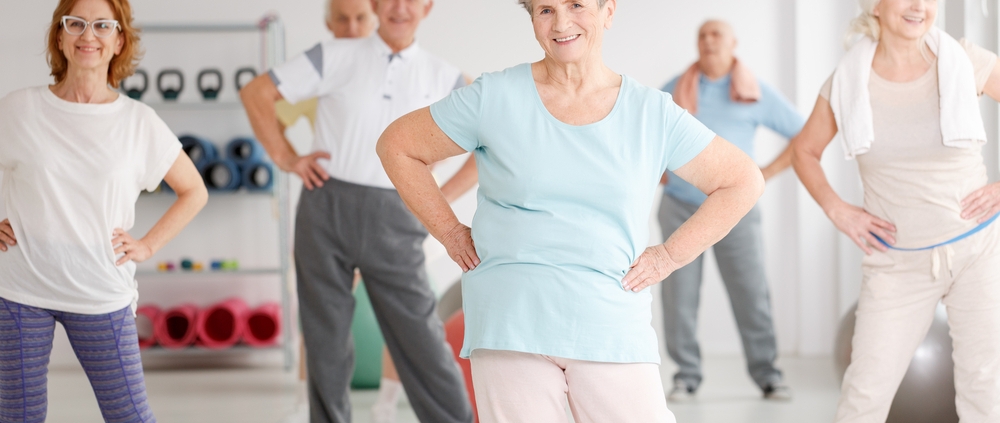Recognizing National Osteoporosis Month in Senior Housing
National Osteoporosis Month, observed every May, is crucial for raising awareness about osteoporosis. This month highlights the importance of early detection, preventive measures, and effective treatment options. Public education campaigns and health screenings, particularly in senior housing facilities, promote bone health and encourage lifestyle changes, such as proper nutrition and regular exercise for seniors.
By emphasizing research and support for those affected, National Osteoporosis Month aims to reduce the prevalence of this silent disease and improve the quality of life of millions of people. Awareness efforts help empower individuals, especially residents, to take proactive steps toward maintaining strong, healthy bones during aging.
What is National Osteoporosis Month?
This special awareness month marks the significance of informing people about the critical importance of bone health and the prevention of osteoporosis. This type of bone disease is characterized by brittle, weak bones. Often, it is called a silent disease since the patient cannot feel his or her bones getting weaker. The truth is that you may not even know you have the disease until you break a bone in your body.
National Osteoporosis Month generates awareness and provides a way to keep bones healthy. Contrary to what most people think, osteoporosis is not a normal symptom of aging. Moreover, it can lead to serious broken bones, life-altering loss of mobility, pain, suffering, and even death.
On the other hand, this disease is preventable through regular calcium and vitamin D intake and even treatable through medications and physical therapy.
Signs and Treatments for Senior Housing Residents
Osteoporosis is also termed a silent disease due to the absence of symptoms until a bone is broken. The symptoms of spine fracture include loss of height, severe back pain, and spine malformations, including hunched or stooped posture.
As a result, the bones may become fragile, leading to spontaneous fractures for the following reasons.
- Normal stresses like bending, lifting, or coughing
- Minor falls that include a fall from standing height normally cause a break in a healthy bone.
Some factors can increase the risk for osteoporosis, which include the following.
- Bone loss can happen much faster as you age, and it becomes slower to grow a new bone.
- Women are prone to developing osteoporosis because they have lower peak bone mass with smaller bones compared to men.
- Thin-boned people are also at a greater risk of developing the disease because they have less bone to lose.
- White men are at a higher risk in comparison to Mexican American and African American men. On the other hand, white and Asian women are at the highest risk, while Mexican American and African American women have a lower risk.
- Family history is also a factor if one of your parents has a history of osteoporosis or hip fracture.
Osteoporosis Wrap Up
Senior housing residents are prone to osteoporosis, but exercise and treatments can prevent bone density loss. Vitamin and mineral supplements are the most common treatments. Medications, which include hormone therapies, parathyroid hormone analogs, romosozumab, and denosumab, are also used to treat osteoporosis.
In addition, healthcare providers can provide help if you notice any changes in your body that you suspect to be warning signs. You can refer to your provider about any other symptoms you are experiencing, particularly if you have bone pain or have trouble moving.
Click here to learn more about Richmont Senior Living!
Richmont Senior Living is proud to serve Ashland, NE and the surrounding cities: Memphis, Springfield, South Bend, Greenwood, Murdock, Waverly, Murdock, Ithaca, and Chalco





